| This last summer we "grew out" several types of heirloom dry beans. These are all beans with a reputation for tastiness, but which aren't grown by industrial agriculture and so are in danger of being lost. This year we started with just a few (6 or 8) seeds of these varieties. In each case those few seeds became enough to pass on to others at a seed swap, or to grow for a community meal in 2016. Here are some of our recovered orphans: Kwintus--a Romano-type pole bean, resembling other varieties we have grown recently like Hulda Peregion--the only native northwest bean, very small and early. They are a low bush bean, very prolific. (Hey, this is the climate they are adapted to thrive in!) On the plate of dry beans, Peregion beans are at 1:00, Monachine at 3:00, Judiones (from a previous blog) at 6:00, Goosebeans at 7:00 and Cranberry at 11:00. | Cranberry or Tongue of Flame--about the size of pinto beans, but richer in flavor and prettier while growing. They are also a bush bean which we tucked into corners of the Keyhole. Goosebeans--resemble Cranberry, but are larger and grow on long trellised vines. Monachine--a legendary Italian bean which was treasured by a local wine-growing family and only recently shared with the outside world. |
|
1 Comment
5/9/2023 06:46:33 am
This is a nice Goosebeans garden.
Reply
Leave a Reply. |
AuthorGarden bloggers are community members, volunteers and interns at Songaia. Archives
August 2023
Categories |

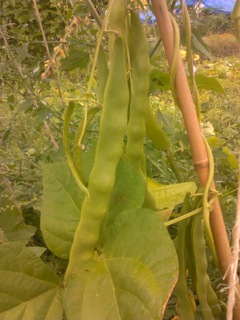
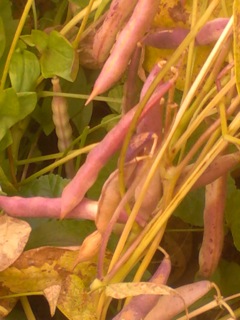
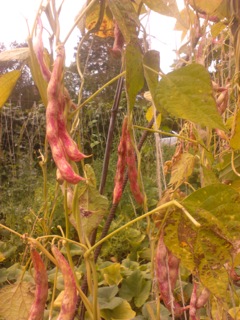
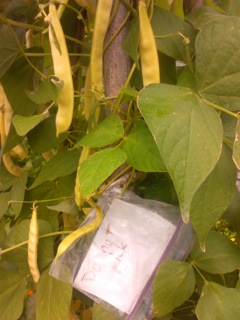
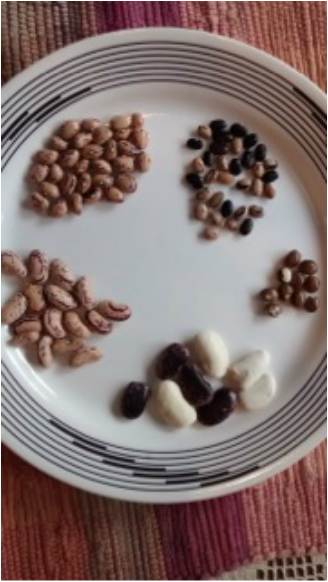
 RSS Feed
RSS Feed